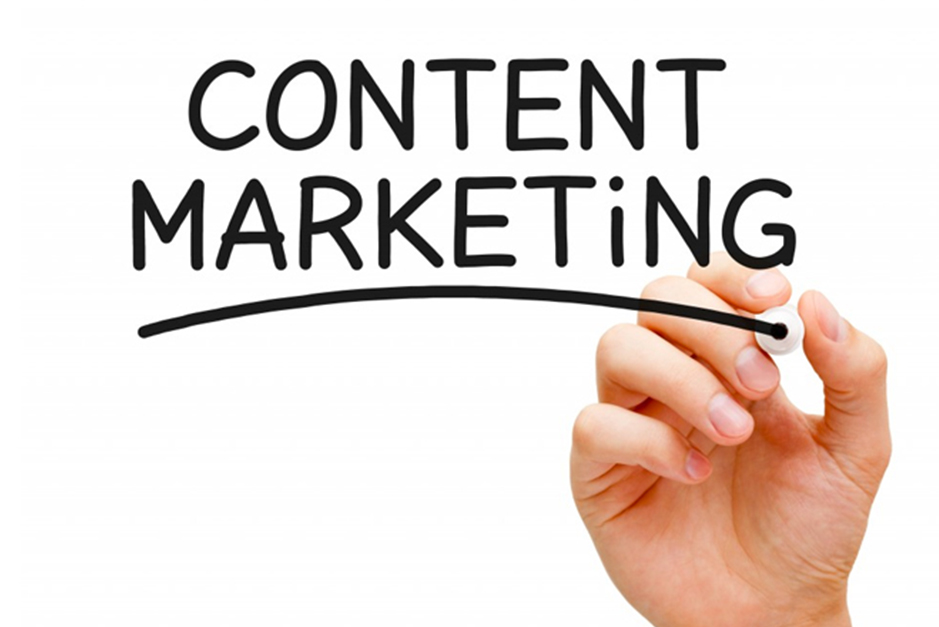
CONTENT MARKETING
#WHATELSE Sandeep Naug • August 24, 2015
Sandeep Naug • August 24, 2015
Advertisers these days are going crazy trying to woo the Millennial and get their attention. Digital developments have made this chase even more precise & now we can figure out almost everything that these millennials do and everything that these millennials want. They are a highly evolved, sensitive and intelligent lot with a very acute sense of choice making capabilities. They know what they want, when and how they want it, and in exactly what form.
When it comes to how information and data is being served, we have access to a vast amount of information. Content is being consumed in many forms, including TV series, social media posts, emails, search, movies, videos, games and music across devices right from mobiles to tablet, phablet, laptop, PC, TV, iPod, theatre, outdoor, print.
So why should a brand think like a publisher?
According to Herbert E Krugman, advertising works in two different ways, affecting either active memory (with high involvement) or implicit memory (with low involvement). With low involvement one might look for a gradual shift in perceptual structure, aided by repetition, activated by behavioural-choice situations, and followed at some time by attitude change. With high involvement one would look for the classic, more dramatic, and more familiar conscious opinion and attitude that precedes changes in overt behaviour.
There are therefore two key ways in which the brain can receive a marketing message: ads that prompt active processing can lead to immediate changes in perception and spur action; low- involvement ads can deliver gradual changes over time. Repeated exposure using standard advertisement formats has continued to be the staple foundation of paid media advertising, but developments in recent years have significantly changed approaches.
The Digital medium has the capability to offer active memory / high involvement content solutions that drive real time engagement. It is therefore imperative that brands look at themselves as content makers or publishers, with the ability to intrigue the active memory of the consumer around the product and create fans instead of just consumers.
In the Google book Winning the Zero Moment of Truth, author Jim Lecinski quotes marketing authority Bob Thacker, who simply says, “engagement with the customer today isn’t just pouring a message on their head and hoping they get wet. It really understands that you must be present in a conversation when they want to have it, not when you want”.
In a number of cases the audience for branded content and advertiser sites now even rivals the audiences of traditional publishers. Audi have their own TV channel, and the Pepsi Refresh project was highlighted in the October 2010 issue of ad map, with Shiv Singh, Director of digital at PepsiCo, saying that ‘Pepsi’s refresh.com website now generates more traffic than [many of] the sites Pepsi buys advertising on.
Obviously, the reason a consumer logs onto a particular device be it TV, Smartphone, Laptop etc.is to consume and engage with what he likes or what he wants. Watching a product ad will not be his prime agenda unless it involves a purchasing decision or the ad has gained some buzz worth noticing and sharing.
Digital has clearly completely reshaped the way people consume advertising, and they have become way more demanding as a result. It is no longer good enough just to inform, they need to be entertained also. Given half the chance, they will skip your ad to get to the content they are looking for, which is why advertisers needs to be smarter about creating appealing communication, which works.















